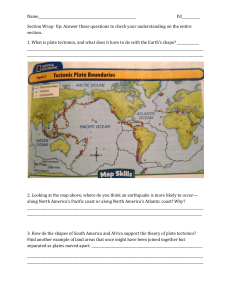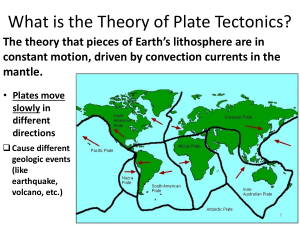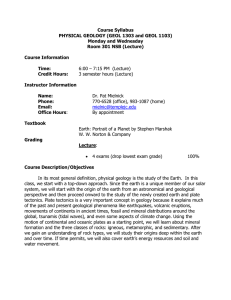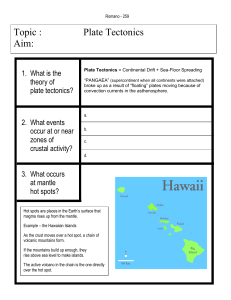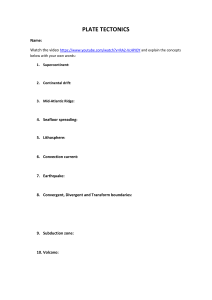Harry Hess: Seafloor Spreading & Plate Tectonics Pioneer
advertisement
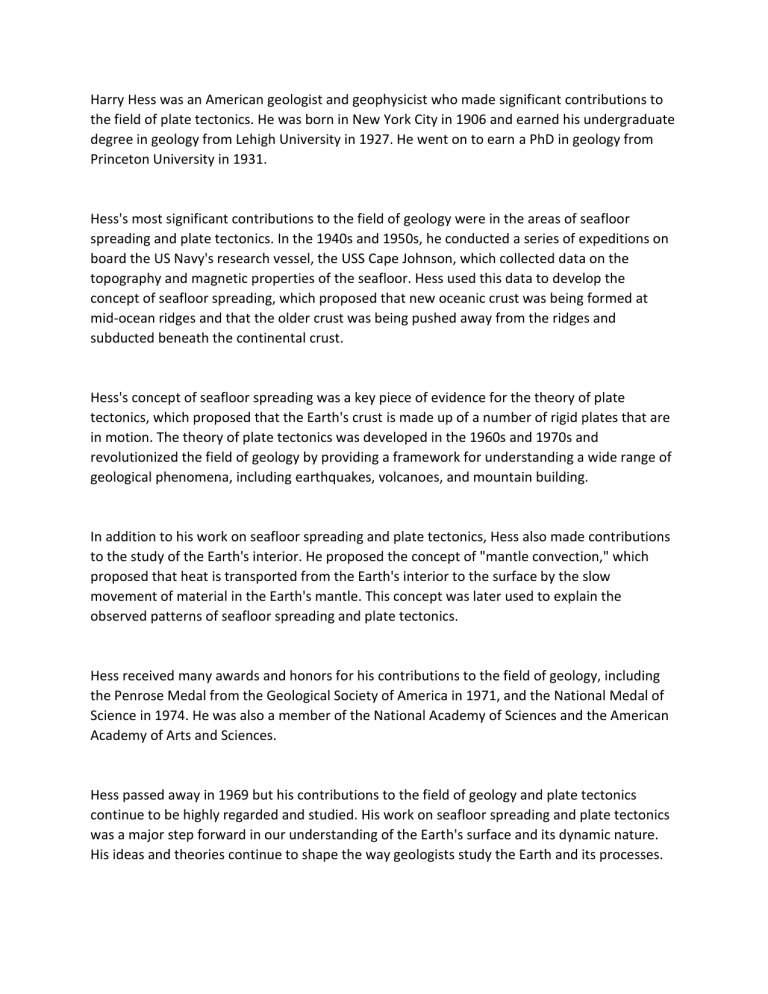
Harry Hess was an American geologist and geophysicist who made significant contributions to the field of plate tectonics. He was born in New York City in 1906 and earned his undergraduate degree in geology from Lehigh University in 1927. He went on to earn a PhD in geology from Princeton University in 1931. Hess's most significant contributions to the field of geology were in the areas of seafloor spreading and plate tectonics. In the 1940s and 1950s, he conducted a series of expeditions on board the US Navy's research vessel, the USS Cape Johnson, which collected data on the topography and magnetic properties of the seafloor. Hess used this data to develop the concept of seafloor spreading, which proposed that new oceanic crust was being formed at mid-ocean ridges and that the older crust was being pushed away from the ridges and subducted beneath the continental crust. Hess's concept of seafloor spreading was a key piece of evidence for the theory of plate tectonics, which proposed that the Earth's crust is made up of a number of rigid plates that are in motion. The theory of plate tectonics was developed in the 1960s and 1970s and revolutionized the field of geology by providing a framework for understanding a wide range of geological phenomena, including earthquakes, volcanoes, and mountain building. In addition to his work on seafloor spreading and plate tectonics, Hess also made contributions to the study of the Earth's interior. He proposed the concept of "mantle convection," which proposed that heat is transported from the Earth's interior to the surface by the slow movement of material in the Earth's mantle. This concept was later used to explain the observed patterns of seafloor spreading and plate tectonics. Hess received many awards and honors for his contributions to the field of geology, including the Penrose Medal from the Geological Society of America in 1971, and the National Medal of Science in 1974. He was also a member of the National Academy of Sciences and the American Academy of Arts and Sciences. Hess passed away in 1969 but his contributions to the field of geology and plate tectonics continue to be highly regarded and studied. His work on seafloor spreading and plate tectonics was a major step forward in our understanding of the Earth's surface and its dynamic nature. His ideas and theories continue to shape the way geologists study the Earth and its processes.

